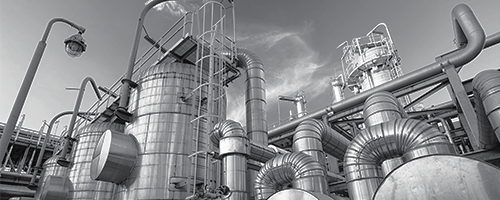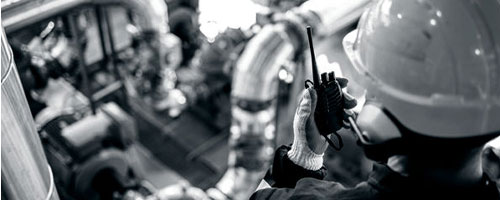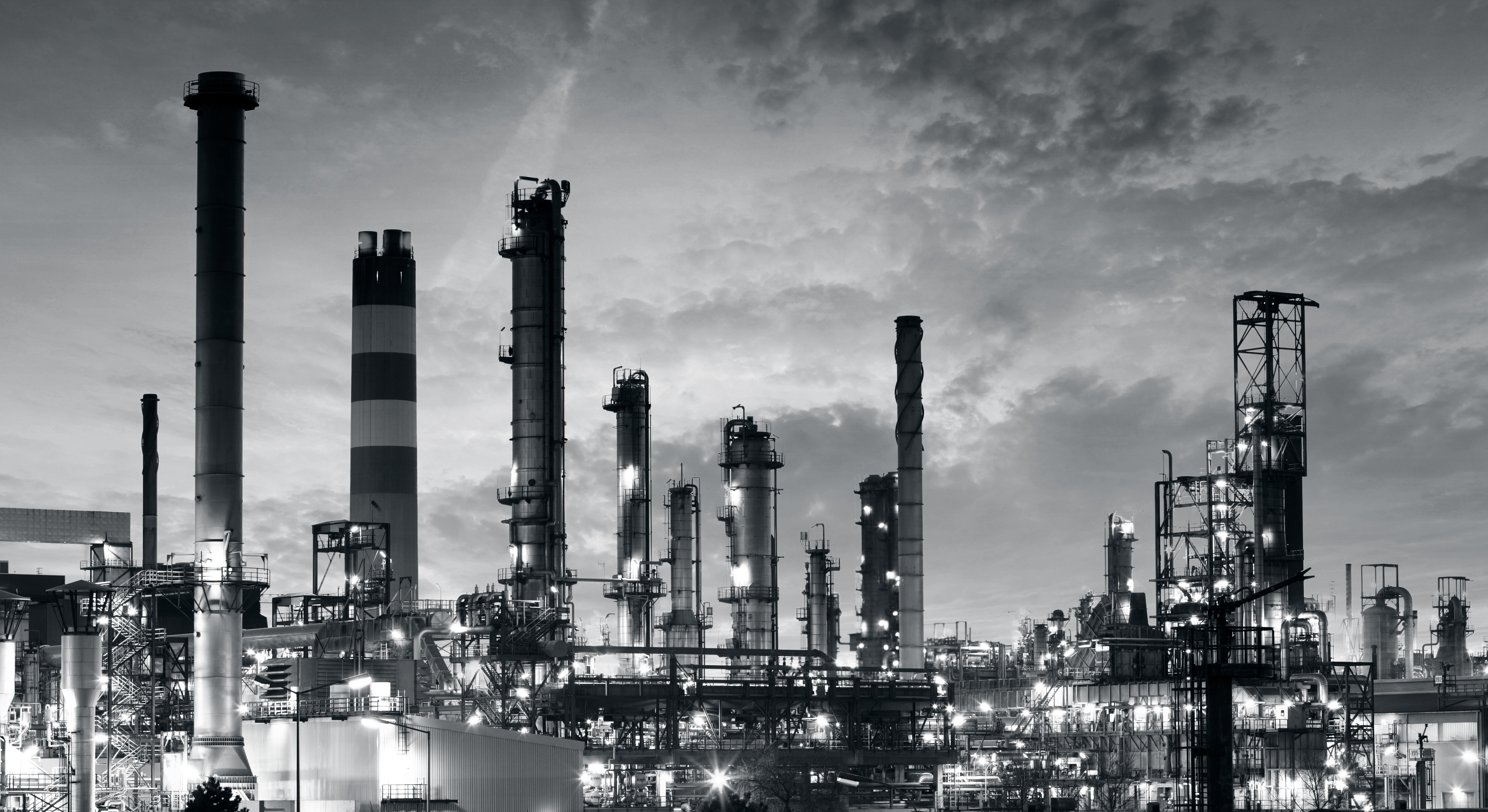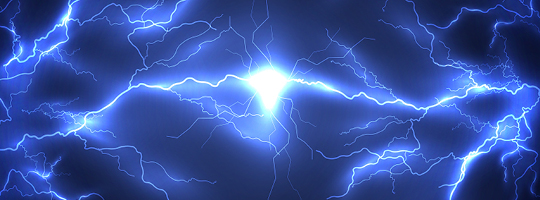
Blog
The Consequences of Gearbox Failures in Wind Turbines
June, 2023
The wind turbine's gearbox converts the low-speed rotations of the blades to a high-speed shaft connecting with an electrical generator. Unfortunately, even though they comply with industry standards, these vital components, known for their reliability, often fail to achieve their expected 20-year lifespan due to a specific failure mode referred to as axial cracking, occurring in the rolling-element bearings located inside the gearbox.
In a bid to enhance reliability and lower operating and maintenance costs, several turbine vendors, gearbox suppliers, and research centers have carried out significant research on the causes of gearbox failure with the following conclusions.
There are several contributing factors to why gearboxes in wind turbines can fail. These include:
- High loads: Wind turbines are subjected to high loads from wind speeds, direction changes, and turbulence, causing stress on gearbox components.
- Wear and tear: Continuous motion and rotation of gearbox gears cause wear and tear of components such as gears, bearings, and seals.
- Lack of lubrication: Inadequate lubrication can cause overheating and wear of components.
- Poor Maintenance: Failure of regular maintenance can result in minor problems escalating to significant issues that can ultimately cause gearbox failure.
Furthermore, the Wind Turbine Gearbox Reliability Database published by NREL in February 2017 indicates that 76.2% of gearbox failures are caused by bearings while gears account for 17.3%.
Consequences Of Gearbox Failures:
Source: Failure rate, repair time and unscheduled O&M cost analysis of offshore wind turbines, University of Strathclyde, August 2015
Reports indicate that there is one gearbox failure in every 145 wind turbines in service annually, leading to significant downtime and high costs for owners, and that the gearbox makes up around 15% of a wind turbine's total costs. Gearbox failures top the list in the major replacement category, with a rate of 0.154 failures per turbine per year.
Another study also found that intermediate and high-speed stage repairs accounted for most up-tower replacements. Operators usually result in replace the entire gearbox if the planetary gear failure is not detected early as it can’t be easily fixed up the tower.
The consequences of wind turbine gearbox failure are significant for both onshore and offshore wind turbines. For onshore wind turbines this includes safety risks, costly repairs, downtime, and environmental damage. However, offshore wind turbines face additional risks and costs due to the specialized equipment and personnel required to access and repair them.
Solutions For Avoiding Gearbox Failure:
- High-performance wind turbine gear oil: Specially designed lubricants that protect gearbox components from wear and degradation.
- Contamination control: It is crucial for gearbox efficiency and reliability, Pall offers filtration systems for wind turbines that remove particles and water.
- Lubricating practices: Regular maintenance and monitoring, including oil analysis, filter changeouts, and oil changeouts, are essential to prevent premature failure of gearboxes.
- Condition monitoring: Monitoring lubricant condition is critical to detecting potential issues before they become major problems.
Pall offers a comprehensive range of filtration products specifically designed to meet the unique challenges of wind turbine applications. Pall's solutions for wind turbines also include oil analysis and particle counting systems for condition monitoring.
Explore more about our products and filtration solutions at www.pall.com
- Category
- Author
- Sort By












